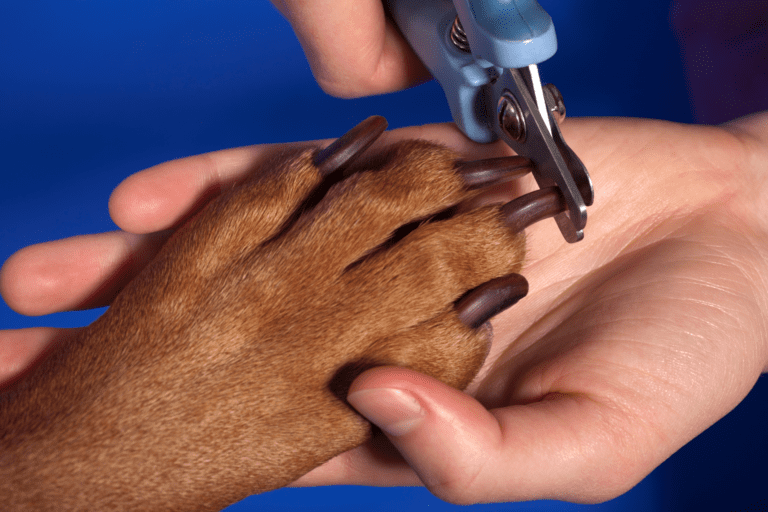What Are Dog Mites?
Dog mites are tiny parasites that can live on the skin or in dog fur. They can cause a range of skin conditions known collectively as mange. Several mites can affect dogs, causing different symptoms and requiring other treatments. Here are the most common types:
Sarcoptic Mange Mites
These mites cause a condition often referred to as scabies. They burrow into the skin, causing intense itching, redness, rash, hair loss, and crusty skin. Sarcoptic mange is highly contagious to other dogs and can even be transmitted to humans, causing similar itchy rashes.
Demodectic Mange Mites
These mites live in the hair follicles and are typically harmless in small numbers. They can be found on virtually all dogs, passed from mother to pup during early life. Problems occur when a dog’s immune system is compromised, allowing the mites to multiply excessively. This multiplication of mites can lead to demodectic mange, characterized by hair loss, bald patches, and skin infections. Unlike sarcoptic mange, demodectic mange is not considered contagious.
Ear Mites
These mites are common in puppies and young dogs. They live in the ear canal, causing inflammation, a dark, waxy discharge, and intense itching. Dogs with ear mites will often shake their heads and scratch their ears. Ear mites are contagious among dogs and cats.
Cheyletiella Mites
Often known as “walking dandruff,” these mites live on the skin’s surface. Infestations cause scaling and flaking of the skin, resembling dandruff. These mites can cause mild to moderate itching and are contagious to other pets and humans.
Symptoms
Symptoms of mite infestation can include excessive scratching, biting, or licking, skin redness and irritation, hair loss, scaly or crusty skin, and inflammation. In the case of ear mites, symptoms will be localized to the ears and head.
Diagnosis And Treatment
A veterinarian can diagnose mites by examining skin scrapings under a microscope, inspecting the ears, or conducting other tests. Treatment varies depending on the type of mite but may include topical medications, oral medications, medicated shampoos, and environmental treatments to eliminate mites from the home. In the case of demodectic mange, treatment also involves addressing any underlying health issues weakening the dog’s immune system.
Preventative care can include regular grooming, maintaining good overall health, and using veterinarian-approved flea and mite prevention products. Keeping the dog’s environment clean and minimizing contact with infected animals can also reduce the risk of mite infestation.







